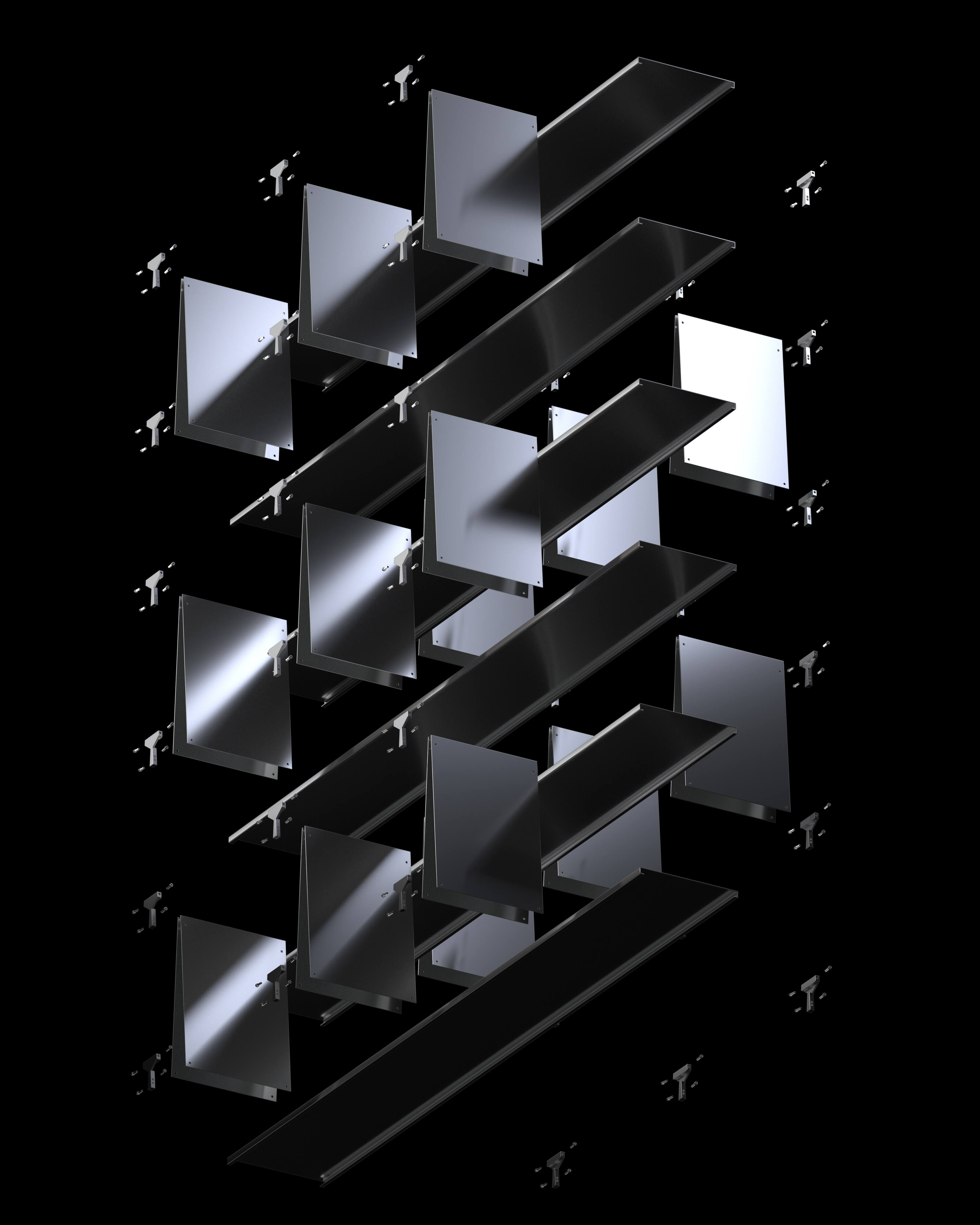Hans Ulrich Maurer
Extraordinary Design
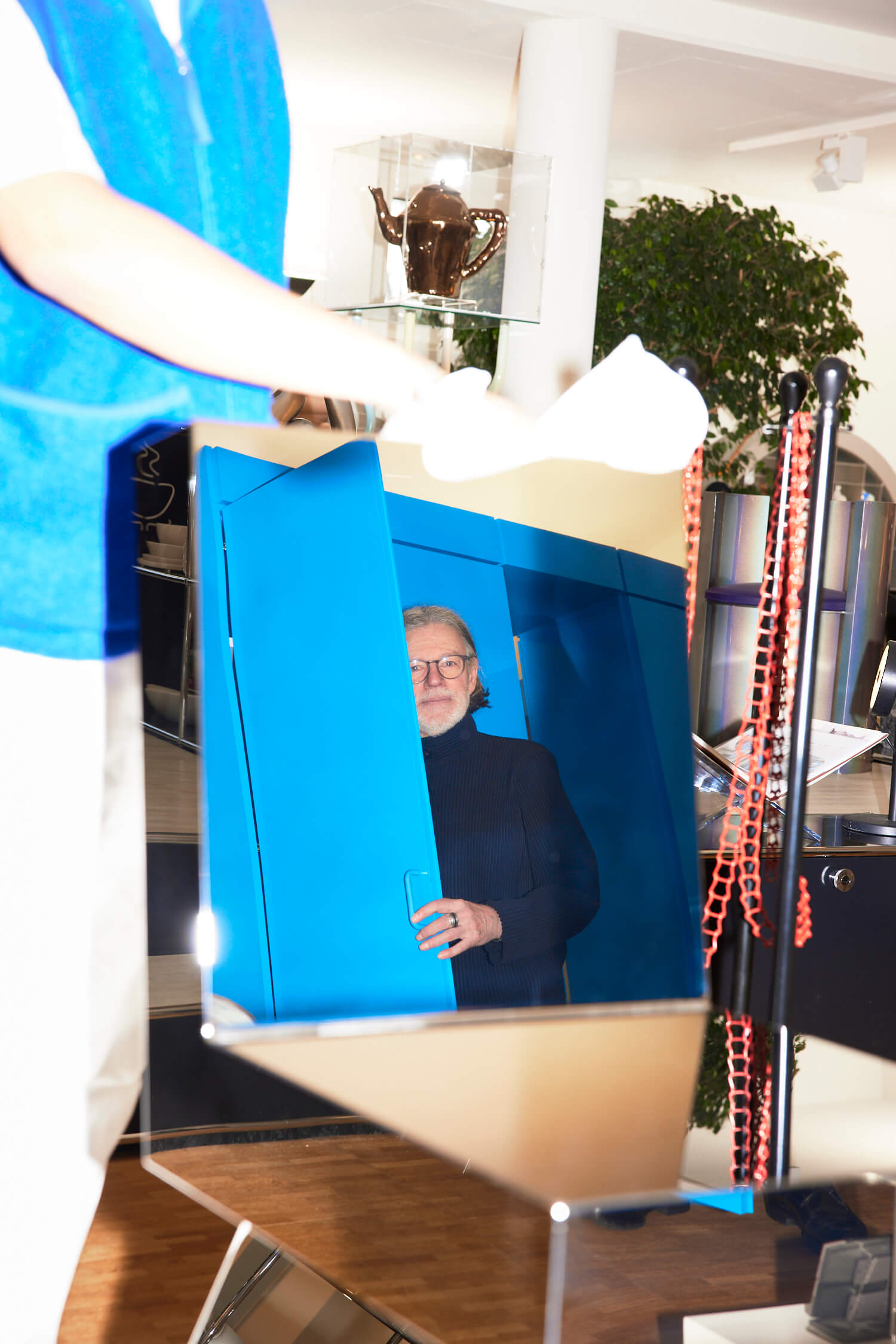
The Maurer Design Collection, curated by Hans Ulrich Maurer in Zollikon near Zurich (Switzerland), features exceptional, limited-edition design objects from the 1990s to the present day.
Born in 1956, Maurer is a passionate collector with a particular affinity for rare contemporary furniture and design objects. In selecting pieces for his collection, he prioritizes innovative ideas that combine new technologies with advanced materials. Craftsmanship plays a pivotal role in his acquisitions, as most of the objects in the collection are designed and produced by trained industrial designers.
Maurer finds great joy in discovering young talent, considering it a rewarding challenge. His decisions on new acquisitions are often shaped through interactions with design gallerists, design-savvy friends, and the designers themselves.
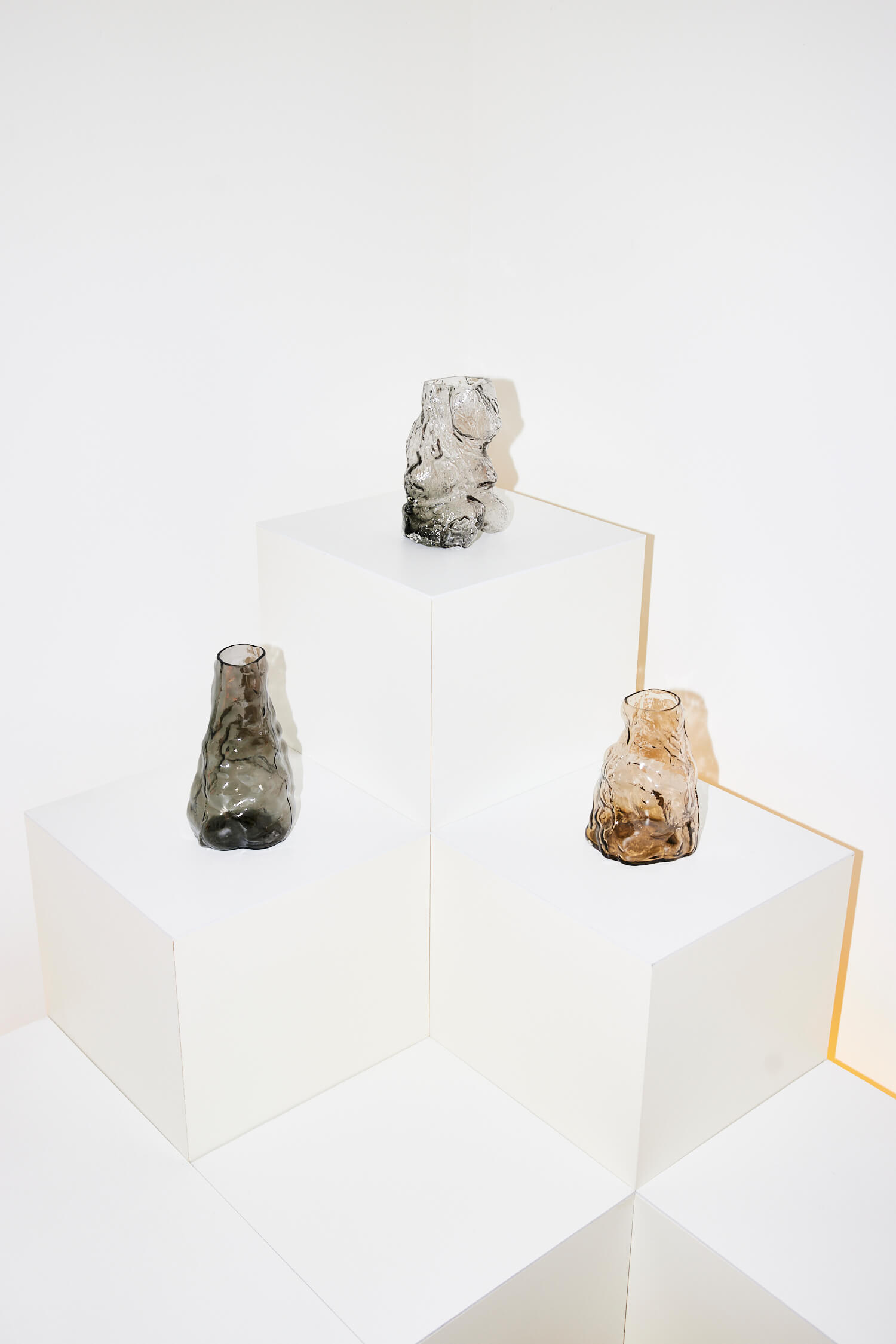
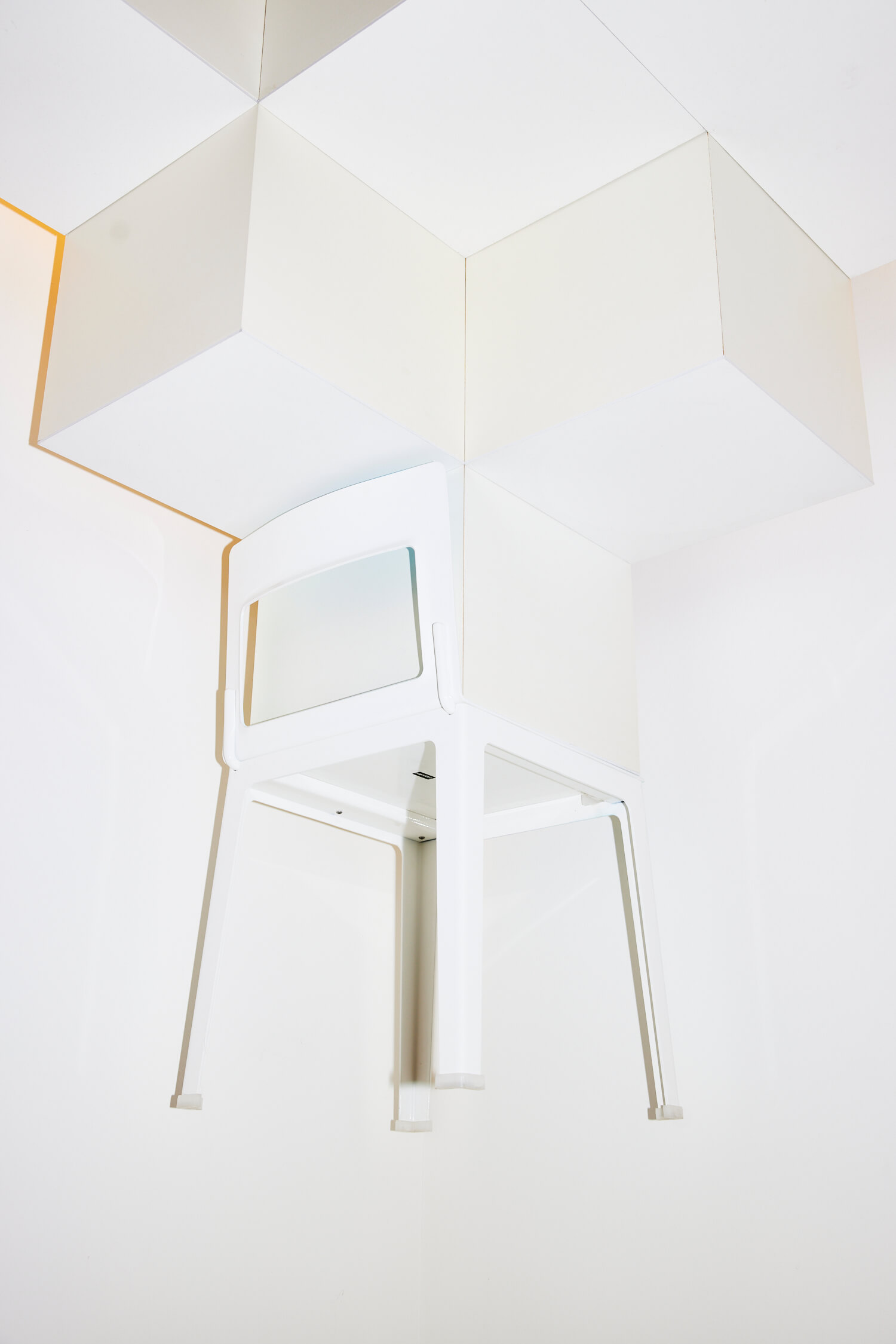
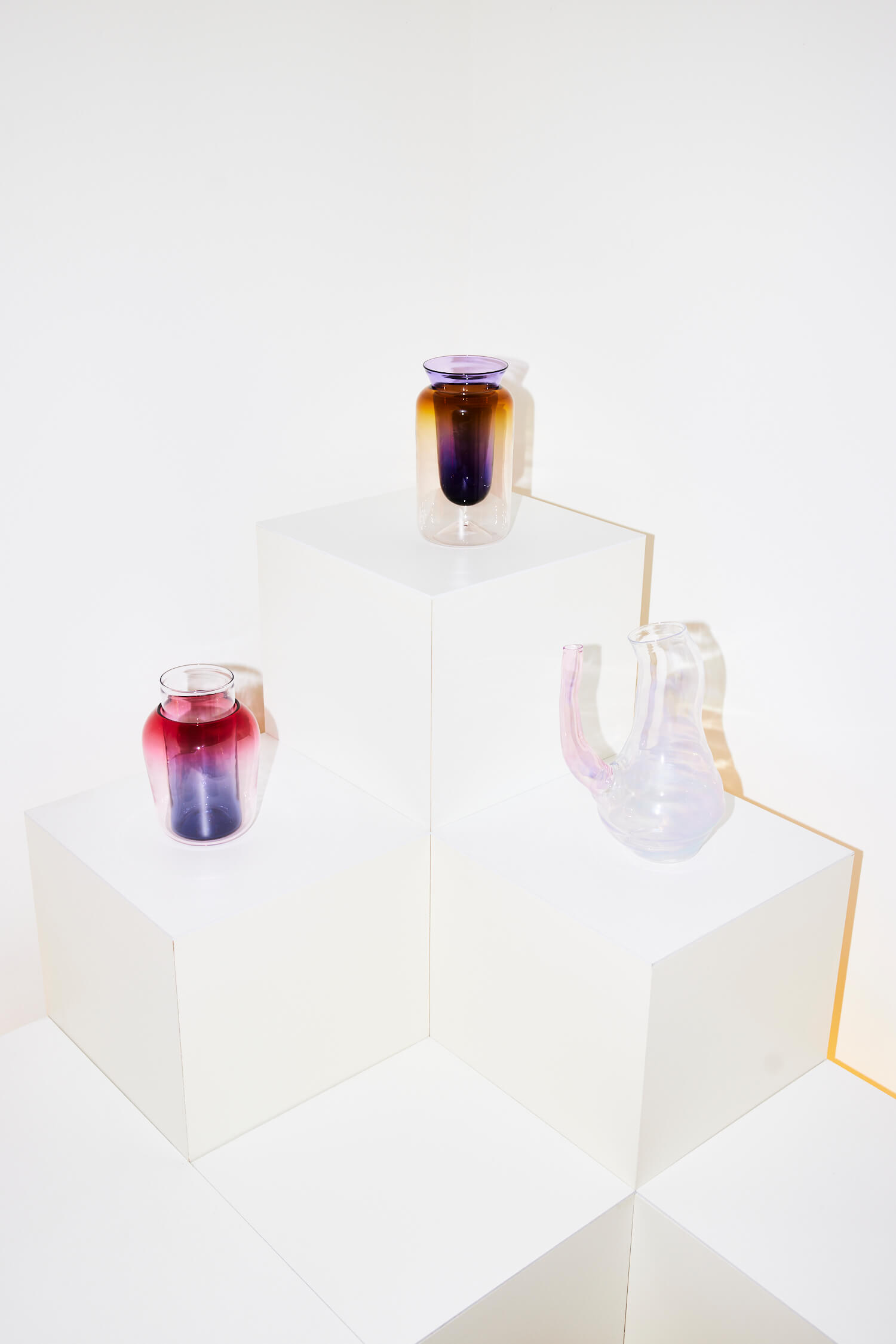
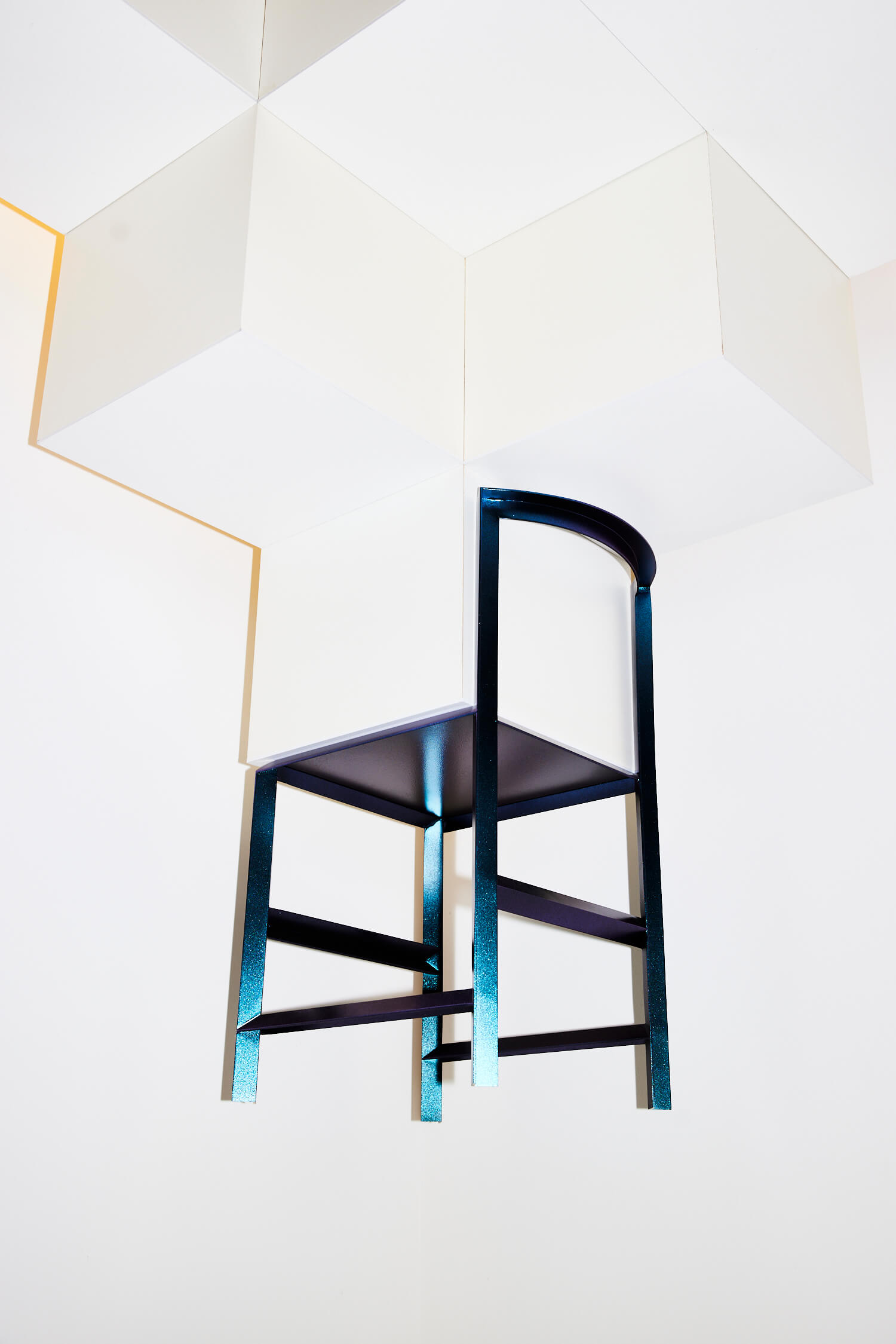

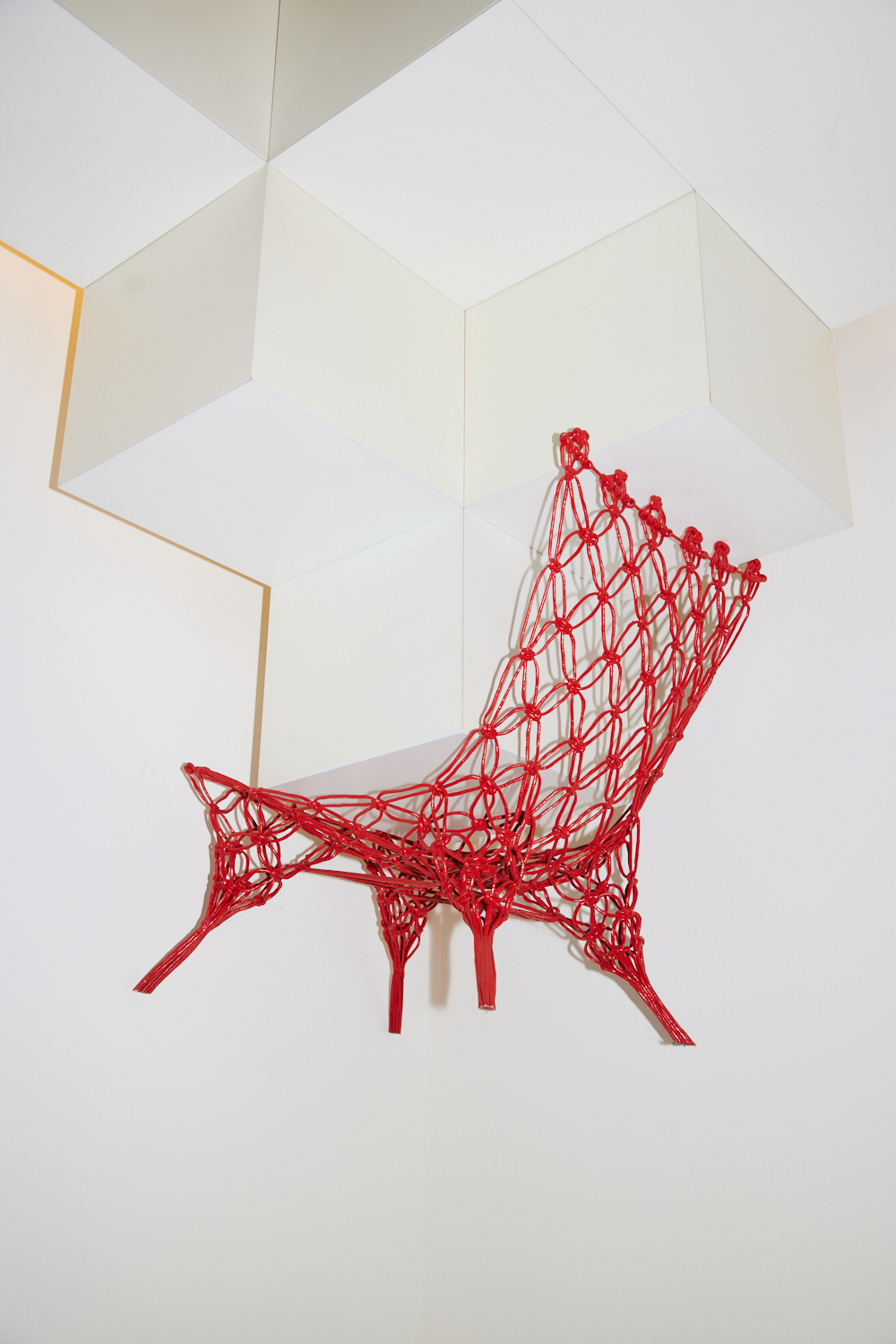
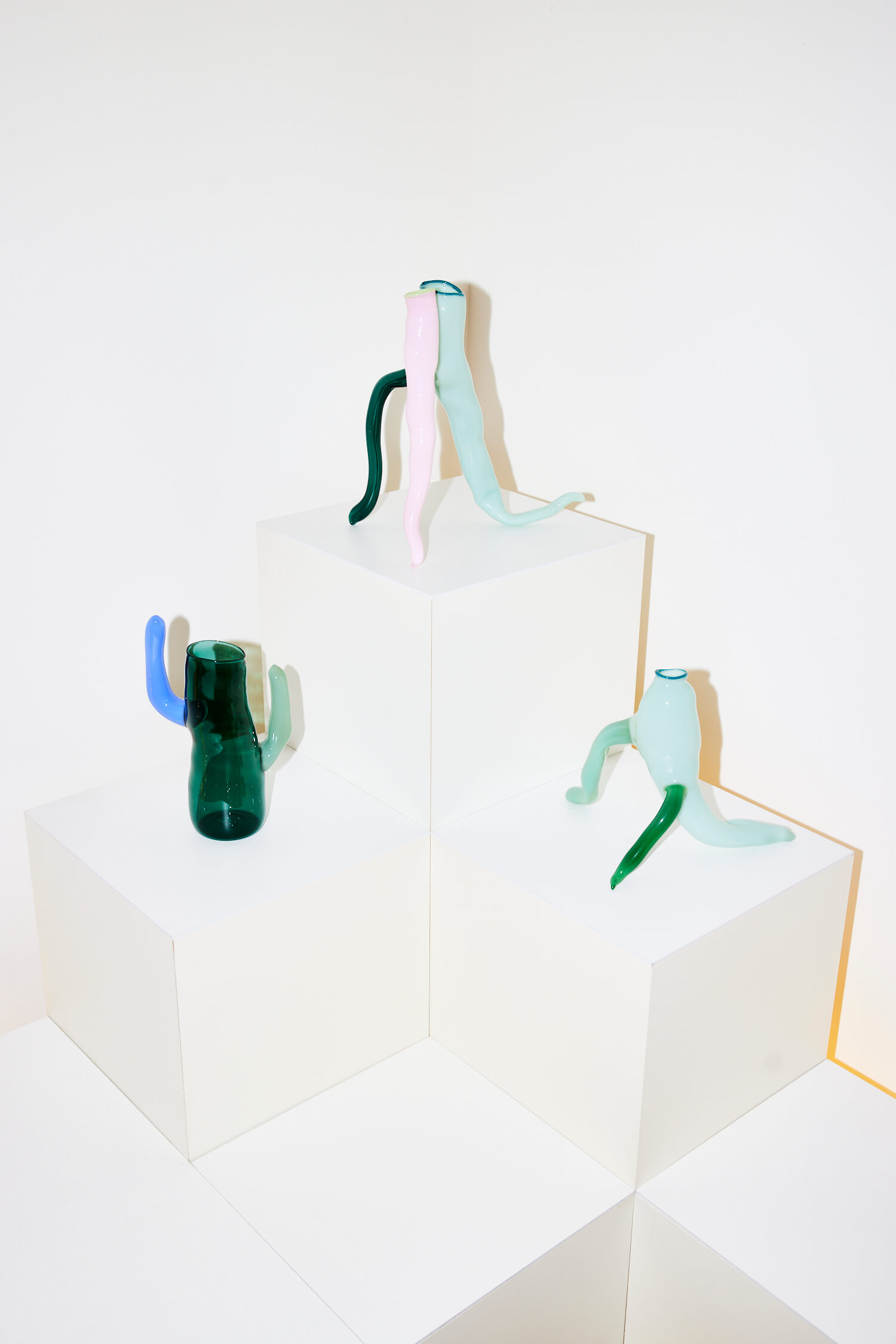
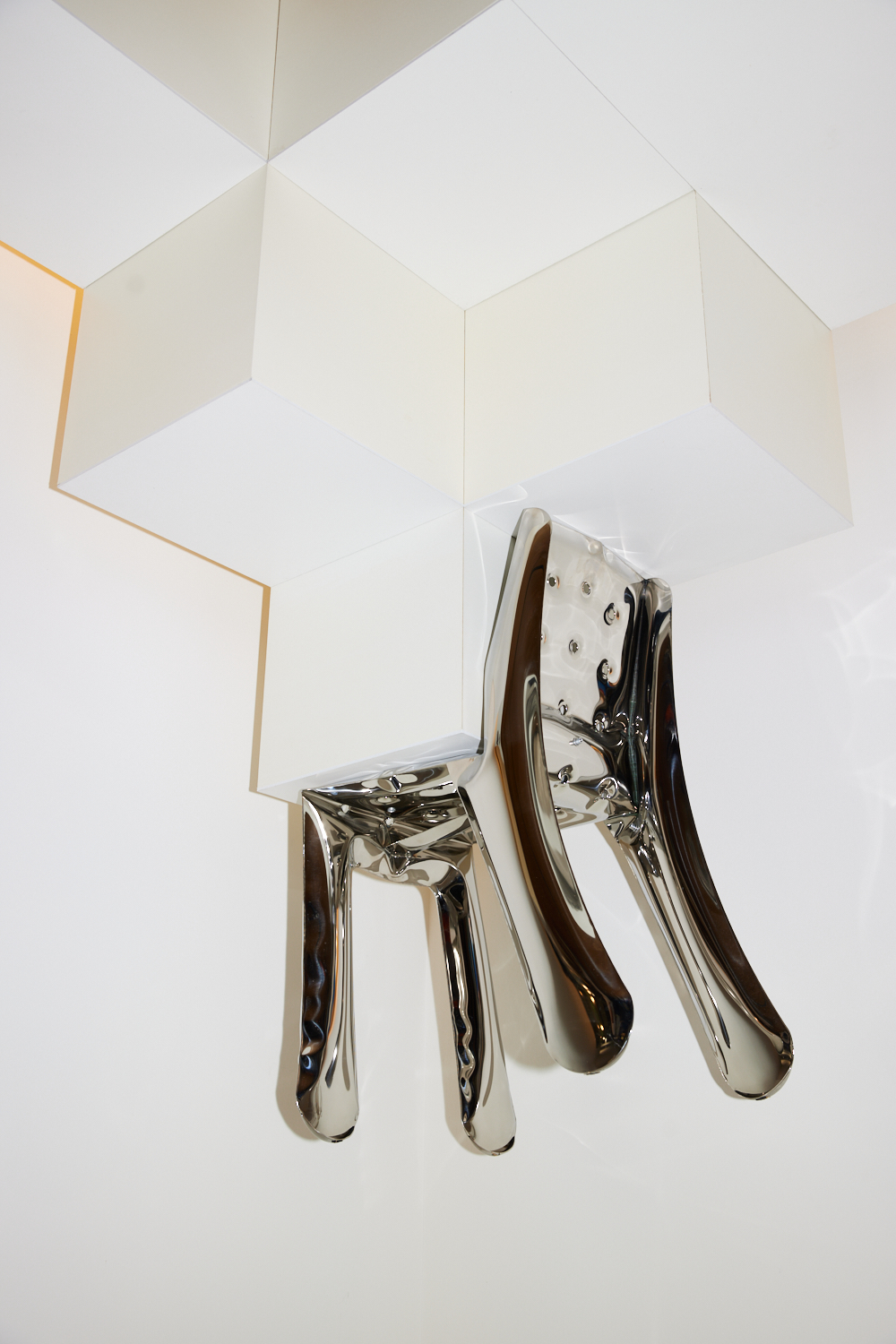
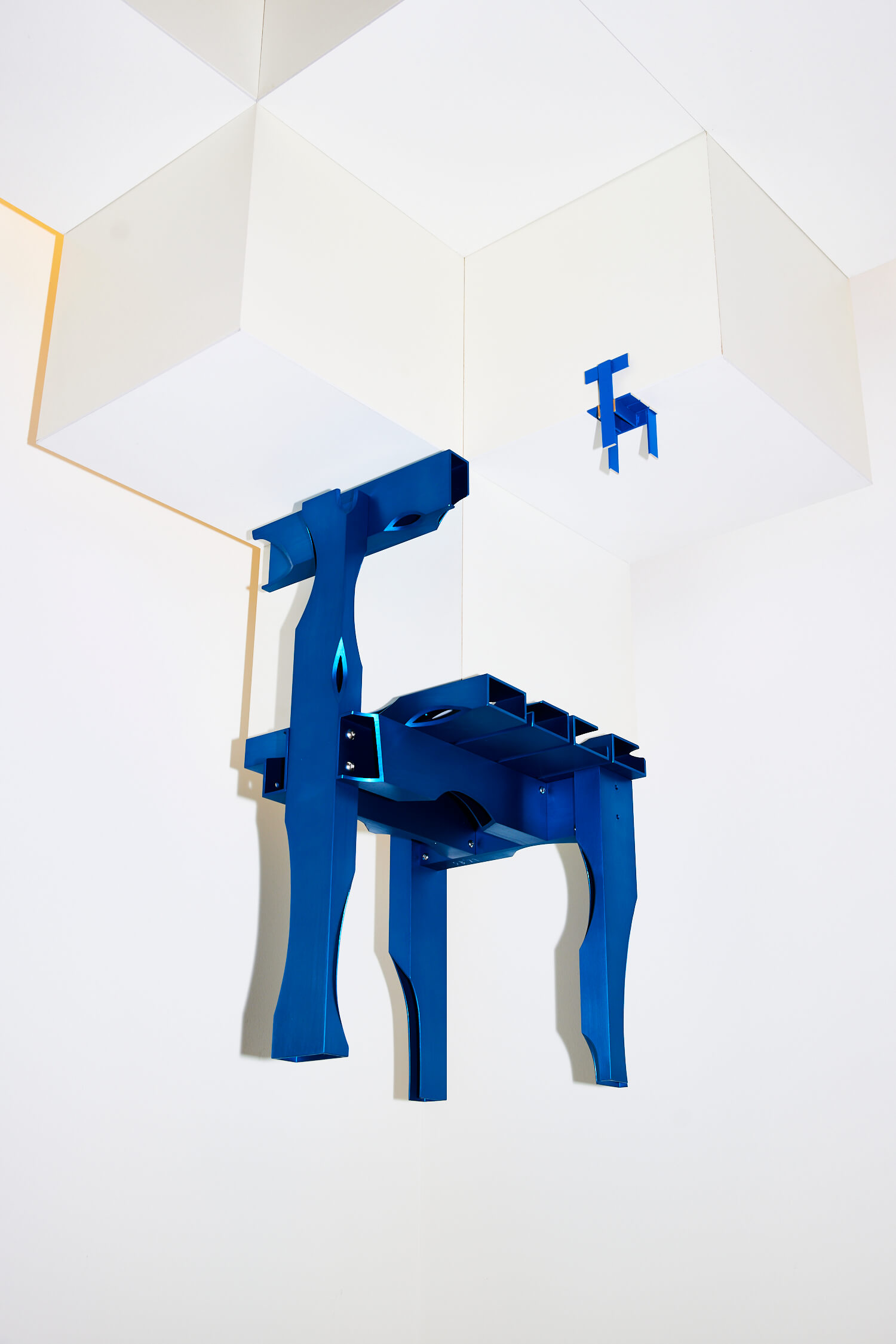
How has your collection evolved since you first started? Have your tastes or preferences in design changed over time?
Each year, a few objects are added to the collection. These are typically works being presented for the first time, which I often discover, for example, on Instagram. The longer my focus remains on this field, the more it shifts toward design at the threshold of art. I love juxtaposing contrasting designs: serious versus playful, rough versus delicate, or subtle versus opulent. This creates interesting relationships between the objects.
Can you talk about a particularly interesting encounter or contact you’ve had with a designer as a result of your collecting? How did that experience impact your collection?
When Vitra still had a showroom in Zurich, I met Connie Hüsser there. She curated exhibitions of design objects outside the Vitra collection. Connie is not a designer in the traditional sense but an expert in the field of design. Her independent recommendations and connections have opened many doors to designers for me.
This gave me the opportunity to directly commission works from designers. These include Soft Baroque, Studio Eidola, Jochen Holz, James Shaw, and Serban Inescu. I shared my vision of the objects I wanted with them. In some cases, I used images of the designers' existing pieces and refined my ideas using digital image editing. Through this collaborative dialogue, several unique pieces were created for my collection.

You present your collection in your former office space and use it as an extended living room. How do you balance showcasing your collection with your personal enjoyment of the pieces?
All design objects I acquire are a matter of the heart and carefully considered. I’ve never had the desire to sell anything from my collection. When I assign a piece a place in the exhibition, I always see personal connections between it and the other objects. If I were to remove something, it would feel like something was missing.
However, it often happens that I initially reserve a specific spot for a new acquisition, only to place it somewhere else after it arrives. The joy lies in creating something unique with the presentation of the objects.

You select pieces based on design innovation, technical skill, and craftsmanship. Can you share an example of a piece that particularly stands out to you based on those criteria? What makes it special?
One such work is the Aluminum Gradient Chair by Joris Laarman from 2014. It is the world’s first chair manufactured using the open-source 3D printing process (SLS/selective laser sintering) with aluminum powder. It is part of a series of three chair objects, “Microstructures”, which were presented at the Friedman Benda Gallery in New York. The chair consists of a cellular structure: solid cells in the construction provide strength and rigidity, while open cells save material and ensure lightness.
Despite the use of technology, the finish is done by hand. This object is an excellent example of material efficiency.
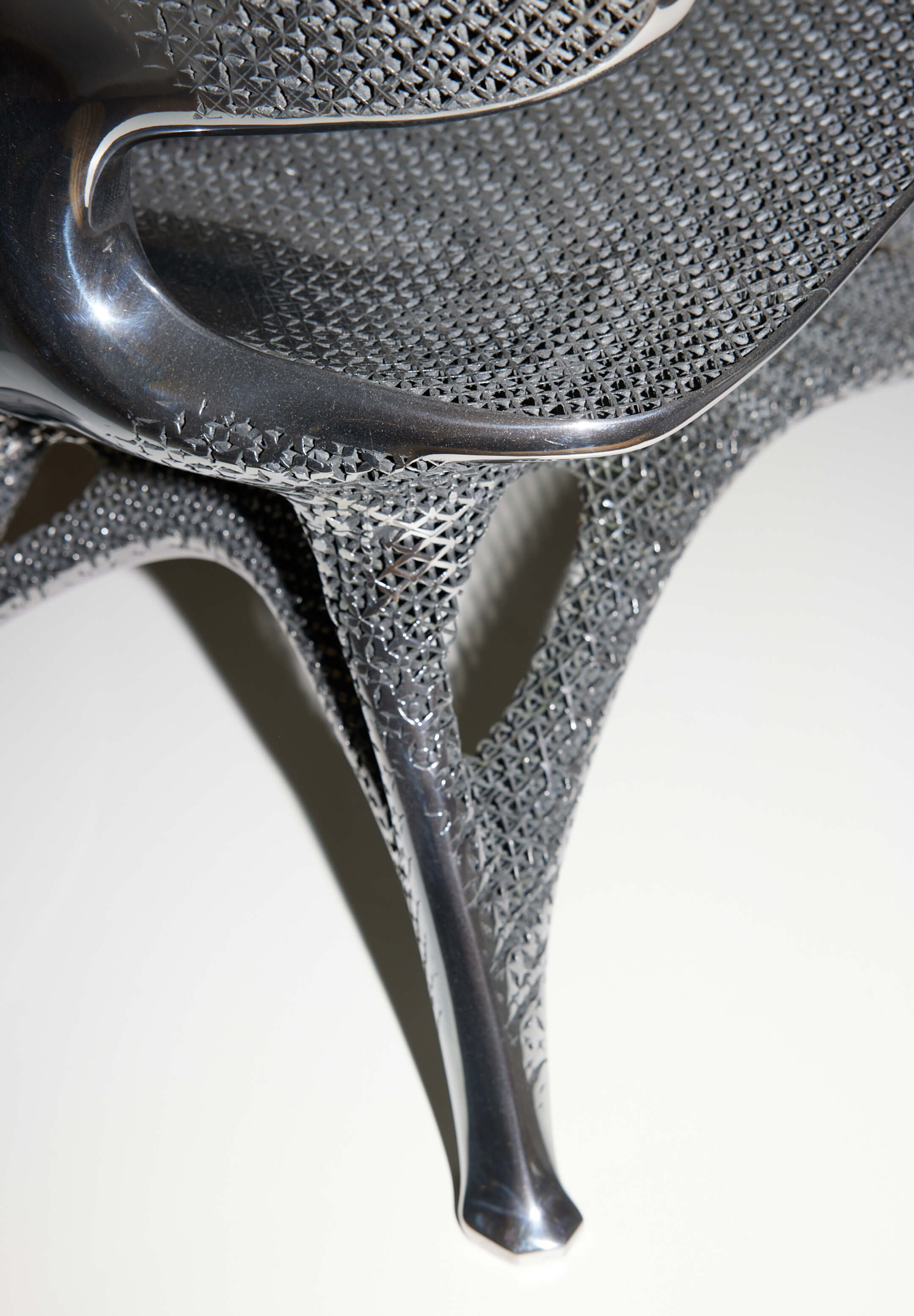
How do you think the design industry as a whole can encourage and support more experimentation and innovation?
Since I started collecting design objects, I’ve noticed that there are very few like-minded people who are genuinely interested in new and unusual design. Here in Switzerland, most design collectors prefer “safe” investments. When I look at German-speaking interior design publications, I find the situation rather boring. There is often a lack of courage for design experimentation.
Most product designers, for economic reasons, must focus primarily on marketable designs. However, once designers’ work becomes mainstream, it is usually no longer interesting for serious collectors.
There is little room for the unusual because it is often perceived by the public as art rather than design. Only a few galleries promote experimental designers and offer such objects. Due to the often high prices, their offerings are directed at affluent clients. Galleries with this kind of focus are rare, especially in the German-speaking world.
What advice would you give to someone who is interested in starting their own collection of design objects? How should they approach building a collection, and what factors should they consider?
When I say I collect design, most people think it’s about so-called design classics. Only when they see my collection do they realize it is about contemporary, experimental design.
Building a collection, regardless of the field, requires a lot of passion and a deep engagement with the subject. A collection usually begins with a single object that appeals to you, followed by another, and soon the fire is ignited.
The advice from passionate collectors is always the same: you have to invest a lot of time and build a network of like-minded individuals to exchange ideas. Extensive research is necessary to gain expertise and develop your own opinion. Over time, this sharpens your eye for design quality. You develop a sense of what constitutes the best designs from a designer. It’s advisable to follow your instincts rather than chasing potential increases in value.
Gallery owners want to advise collectors, but understandably, they primarily recommend the works of designers they represent. When building a collection, one should not be tempted by seemingly good deals or fleeting trends. If an object doesn’t fit the collection, I would advise against buying it.
I’ve often seen experts in design publications speculate about the design classics of tomorrow. However, when you look at these opinions 20 years later, very few predictions have come true.
It’s important to surround yourself with things you love, regardless of how the value of the collection develops. Only then will you continue to enjoy your acquisitions in the future. The satisfaction of the collector should lie in bringing together interesting objects to create something unique.
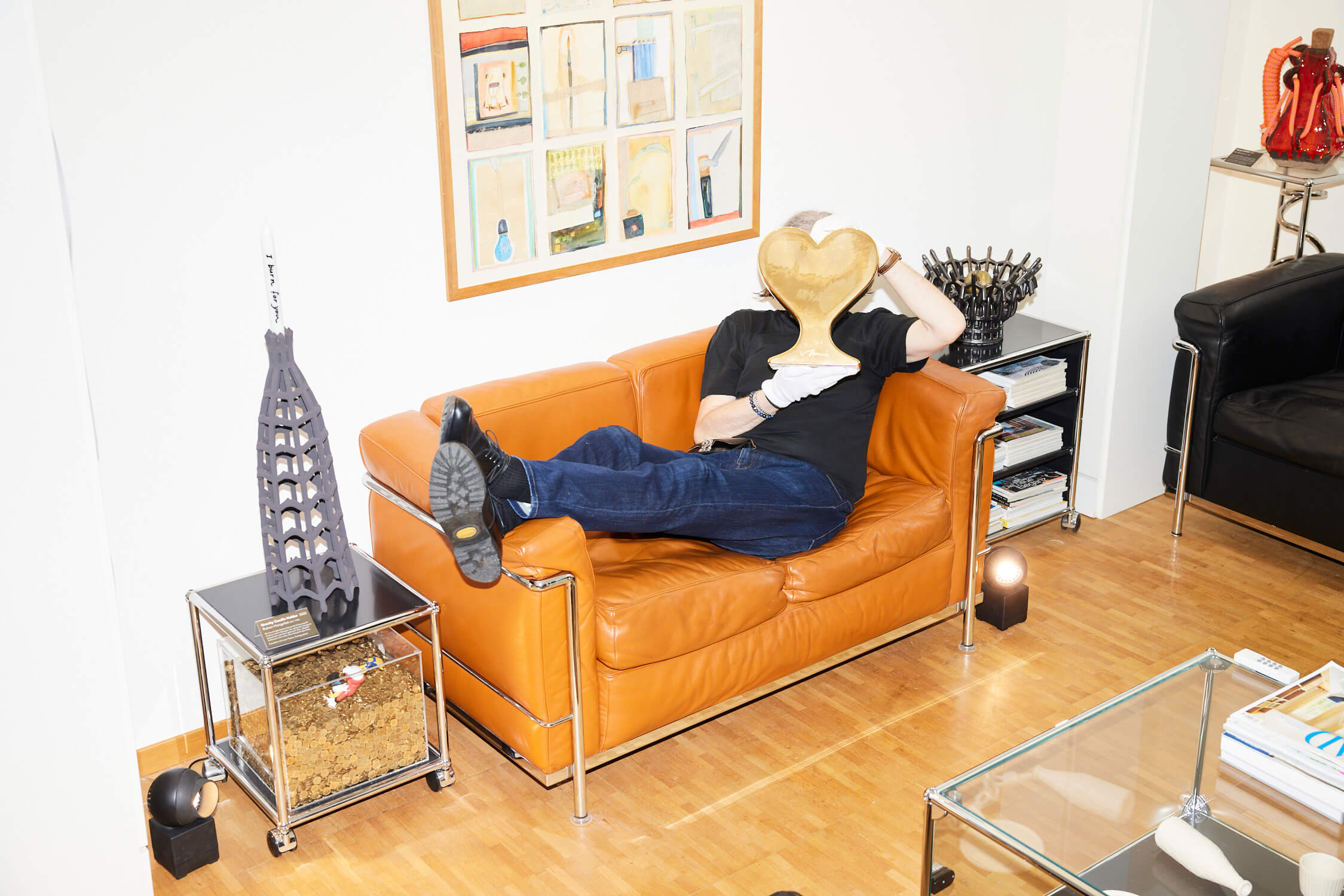
Interview and videos by Sebastian Vargas, Photography by Joan Minder, Assistance by Stephen Nthusi. At The Maurer Design Collection by Hans Ulrich Maurer.
Hans-Ulrich Maurer | https://maurerdesigncollection.com/
Dufourstrasse 5, CH-8702 Zollikon, Switzerland



